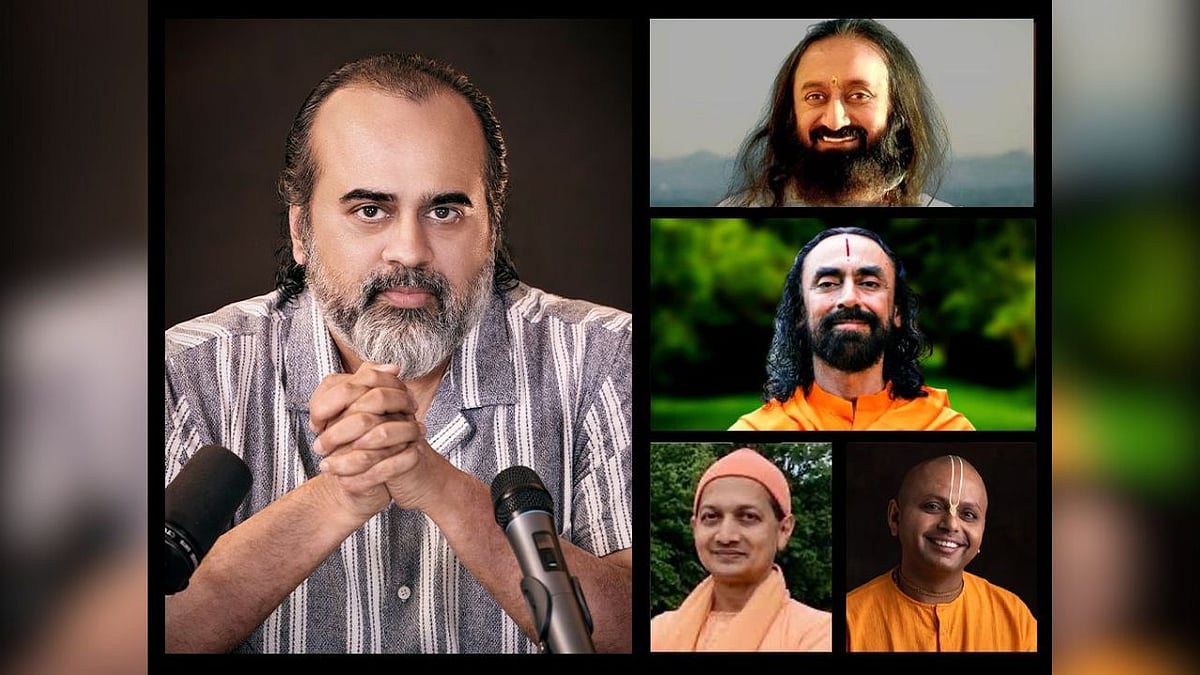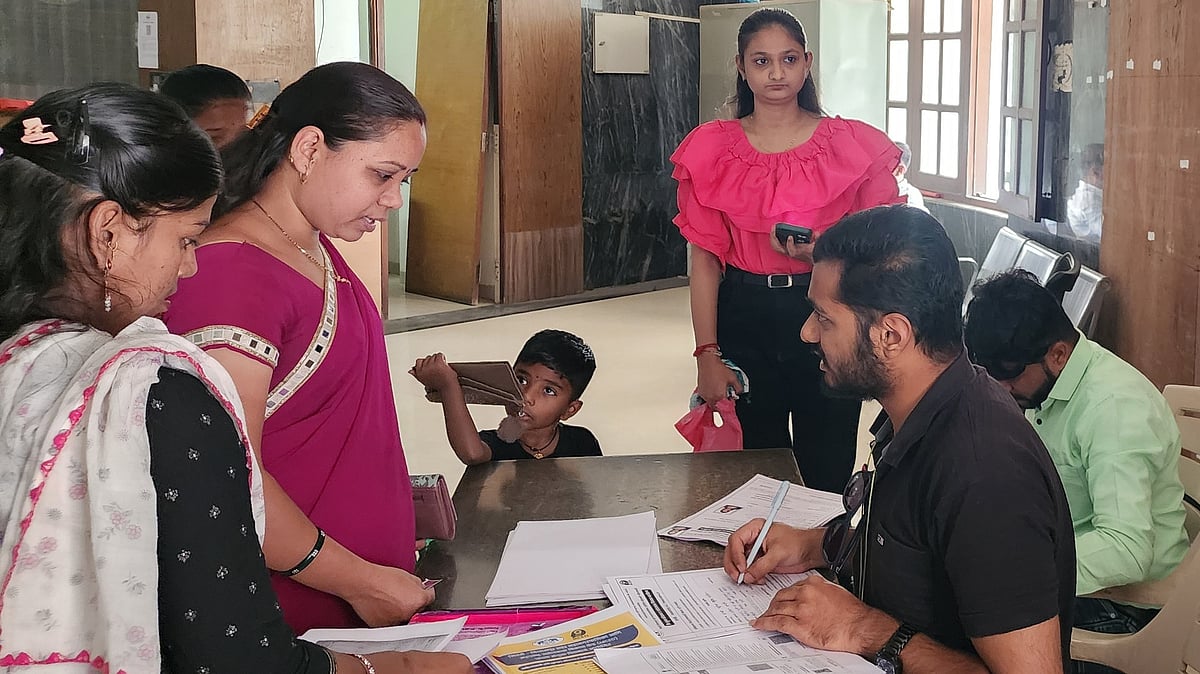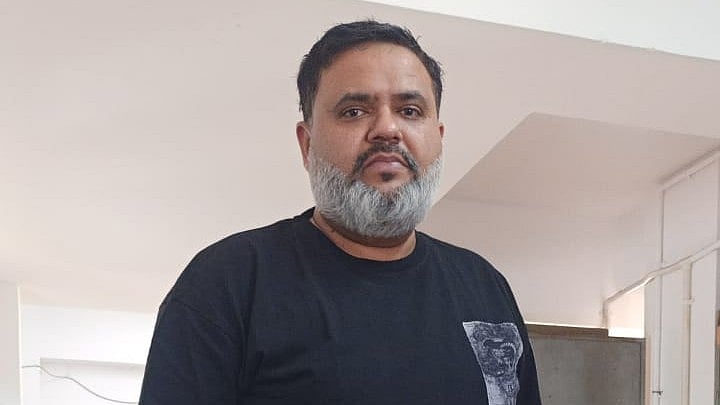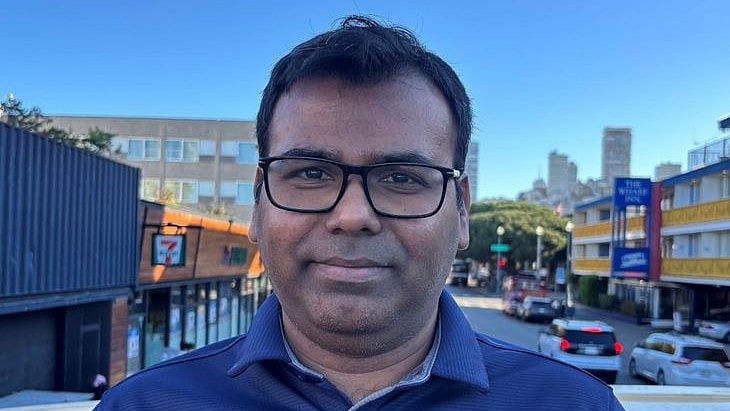In 2025, the Bhagavad Gita is not just a book on shelves: it is streaming into millions of homes and phones every day. For a generation that spends more time on YouTube and apps than in libraries or classrooms, the most influential Gita teachers are those who have built a digital presence. Some teachers approach the Gita through devotion, some frame it as meditation, and some focus mainly on scholarly commentary. And then there are a few who take the Gita verse by verse, word by word, into the modern world.
Here are the five living Gita teachers most active online today, ranked by the size of their digital reach and the consistency with which they teach the Gita.
1. Acharya Prashant
With over 90 million followers online and 66 million YouTube subscribers, Acharya Prashant’s name has become synonymous with the Gita worldwide. On YouTube, Acharya Prashant’s channel offers hundreds of Gita talks, including complete verse-by-verse sessions that regularly go viral. But it is his dedicated app that functions as the real digital library: hosting the full repository of live and recorded Gita sessions, organized chapter by chapter. With more than 3 million downloads, it is today the largest structured platform for Gita learning. His national bestselling commentaries on the Gita are also available as e-books and audiobooks on his app and website.
In 2024, his Foundation organized the world’s largest online live Gita exam, at a scale rarely seen before. Since then, Foundation data shows that more than 1.3 lakh students have directly benefited from the live sessions, making it the most extensive Gita learning initiative online.
What sets him apart is his way of bringing the Gita alive: not as sermons or comforting assurances, but as a rigorous, verse-by-verse inquiry. His Gita courses are designed with the rigour of top universities: daily wisdom activities, daily quizzes and detailed exams with multiple-choice questions whose results are declared within hours. Students engage in reflection writing and share live video learnings reflections, an example being the recent landmark 17-hour Janmashtami Gita session that drew worldwide participation. Sessions include open Q&A with Acharya Prashant, and all video recordings remain available for later study. Dedicated discussion forums, through audio, video, text, and picture sharing, allow participants to interact continuously, turning the Gita study into an active, collaborative learning environment.
2. Sri Sri Ravi Shankar
The Art of Living founder’s social media platforms together draw over 20 million followers, and his organization offers Gita-based courses and guided meditations through its apps. His YouTube commentaries on Karma Yoga and Bhakti Yoga are particularly popular among working professionals looking for stress relief.
That said, his Gita teaching is one strand of a wider wellness offering. His online presence ranges from meditation to breathing practices, with Gita talks appearing alongside a host of other programs. The result is a wide reach, though often more about breadth than sustained depth in the scripture itself.
3. Swami Mukundananda
Swami Mukundananda has carved a decent following through his JKYog movement. His YouTube videos attract significant views, while the JKYog app and Radha Krishna Temple in Dallas serve as hubs for verse-by-verse Gita study. His 2022 book, Bhagavad Gita – The Song of God, is a systematic exposition of the text.
In diaspora communities, his online classes reconnect young Indians abroad with scripture. But outside these circles, his reach remains narrower: significant, but not yet close to the mass appeal of larger Indian platforms.
4. Swami Sarvapriyananda
Swami Sarvapriyananda, a monk of the Ramakrishna Order and head of the Vedanta Society of New York, is best known for his textual style of teaching the Gita. His lectures, many of which are available on YouTube, typically move verse by verse, unpacking Sanskrit terms and relying on classical Advaita Vedanta commentaries.
In these sessions, themes such as self-realization, detachment, and Karma Yoga are explained in a patient, academic tone, often referencing traditional translations. This approach appeals to listeners who prefer a methodical, text-centered engagement with the Gita and largely resonates within English-speaking and academically inclined audiences.
5. Gaur Gopal Das
An ISKCON monk turned motivational speaker, Gaur Gopal Das is known for his anecdotes and storytelling. His YouTube and Instagram pages are popular among urban youth. He has authored books such as Life’s Amazing Secrets, which add to his online presence. His talks weave Gita principles into relatable anecdotes about careers, relationships, and purpose.
The trade-off, of course, is depth. Much of his content is bite-sized motivation, meant to inspire quickly rather than guide someone through the Gita verse by verse. It works well for a generation scrolling through feeds, but leaves the heavy lifting of scripture to others.
Conclusion
Each of these teachers keeps Krishna’s message alive for an online generation: Sri Sri Ravi Shankar through wellness, Swami Mukundananda through diaspora classes, Swami Sarvapriyananda through his textual style, and Swami Rambhadracharya through traditional channels.
But in terms of reach, consistency, and the methodology on the Gita itself, Acharya Prashant has no real parallel today. His digital platforms have turned the scripture into a living presence in the lives of millions. In 2025, if one voice leads the online Gita movement, it is his.










